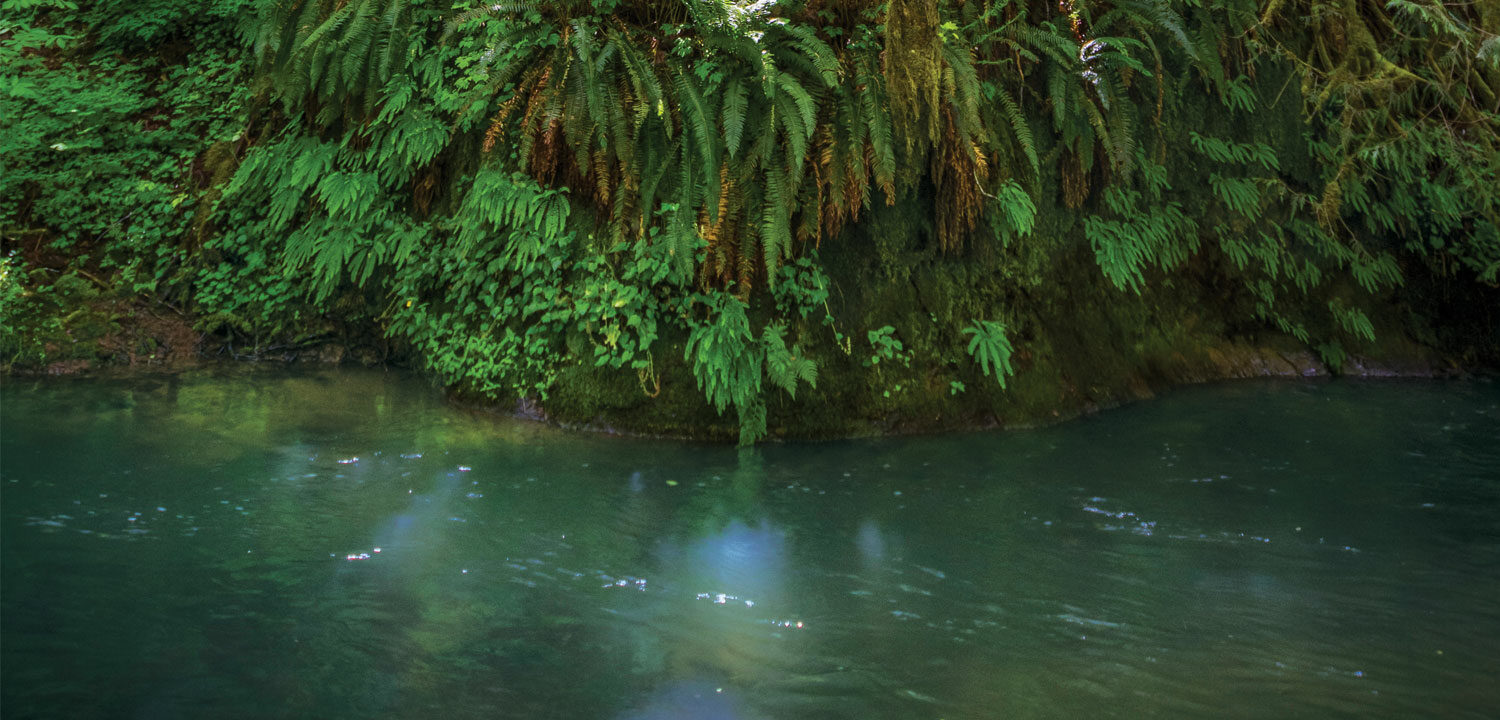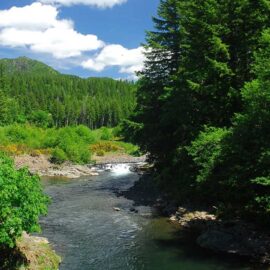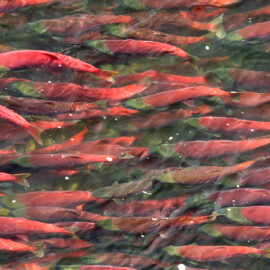New Conservation Atlas paves way to protect western Oregon salmon rivers.
Western Oregon is home to over 40 major watersheds that support many of the best salmon and steelhead runs in the lower 48 states. But the fate of these lands and salmon runs, and other conservation values they safeguard, are at risk. While the eventual outcome remains uncertain, the stakes are not. According to WSC President Guido Rahr, “the Oregon coast is home to the largest assemblage of wild salmon runs and steelhead in the lower 48 states. One reason for this is because so much of the habitat lies on federal lands and has been protected from clear-cut logging and road building.”
Rich in forested landscapes and totaling 2.4 million acres, “Oregon and California Lands (O&C)” were originally deeded to a railroad company of the same name in the 1800s as an incentive to build a rail line connecting Portland and San Francisco. When the company failed to uphold its end of the agreement, the lands reverted back to the federal government. In 1937, legislation directed that the lands be managed to provide timber to support local economies, and for watershed protection.
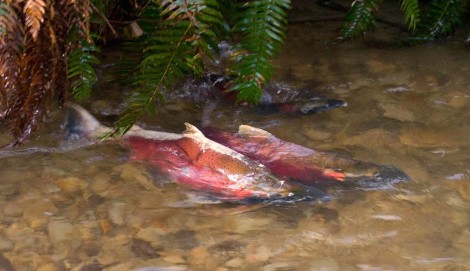
“By 1994, in response to the listing of the Northern Spotted Owl under the Endangered Species Act, the O&C and adjacent public lands came under a new administrative management agreement called the Northwest Forest Plan, dramatically reducing logging levels and providing strong habitat protection for old growth forests and salmon habitat. But the plan also substantially reduced logging jobs and revenues for O&C counties. To help fill the gap from lost logging revenue, Congress began providing the counties with annual “timber” payments. But 18 years later, the counties are still struggling economically and Congress has slowly been phasing out the timber payments, forcing a push by the counties to increase logging on these lands. That has the WSC and other conservationists concerned about the potential loss of habitat for salmon.
“We cannot ensure the health of Oregon coastal salmon runs without the protection of O&C Lands,” said Rahr. In Summer of 2012 the Wild Salmon Center and The Nature Conservancy published the Atlas of Conservation Values. The Atlas is a comprehensive database of conservation attributes and values on BLM and adjacent lands in western Oregon, and includes maps detailing public and private land ownerships, current land use categories, habitat types, salmon distribution, and other conservation resources.
The Atlas shows 56 strong salmon populations in 1,414 miles of streams across 1.9 million acres of western Oregon BLM lands, along with watersheds that supply 1.8 million Oregon residents with clean drinking water. “The Atlas helps us illustrate the extraordinary ecological values of the O&C Lands and recognize the trade-offs of various proposals,” explained Greg Block, WSC’s VP for Conservation Finance and External Affairs. Those trade-offs are apparent in proposed legislation that would set aside some old-growth forests and establish new wilderness designations, while at the same time putting 1.5 million acres into intensive logging and clear-cutting. A primary concern is that these acres would be managed under Oregon’s Forest Practices Act, which has especially weak protections for habitat along streams and rivers.
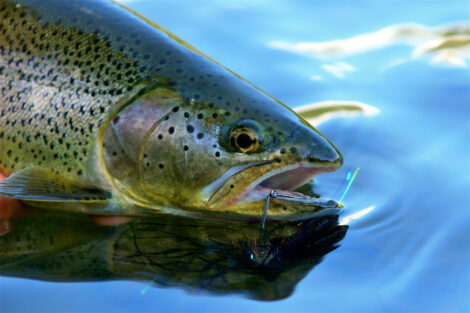
WSC’s position, along with its partners American Rivers and the Pacific Rivers Council, is that any proposal must maintain core aquatic protections described in the Northwest Forest Plan. Additionally, the proposal must increase habitat protections where they are now inadequate, and those protections must be made permanent. WSC also sees opportunities to increase logging in some areas without inflicting unacceptable impacts on salmon rivers or other important ecological values, as well as the possibility of working with timber companies and private landowners to improve salmon protections on private lands.
While the political landscape in Washington D.C. is sorting itself out, Governor Kitzhaber is showing leadership by convening a working group of representatives from conservation, timber, and O&C counties to explore solutions and help reconcile competing visions of the management of these lands.
In October, Greg Block was named by Govenor Kitzhaber to join senior representatives from conservation organizations, the counties and timber companies to explore potential long-term solutions for the O&C Lands. “The Wild Salmon Center and our partners support the Governor’s initiative and will work with all stakeholders to find creative solutions that protect fish and wildlife while recognizing the economic needs of communities,” said Block. “We have the opportunity to shape the outcome.”
